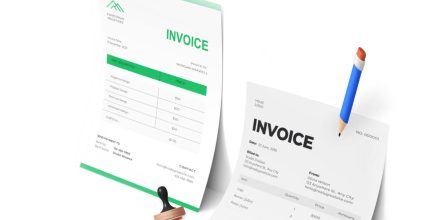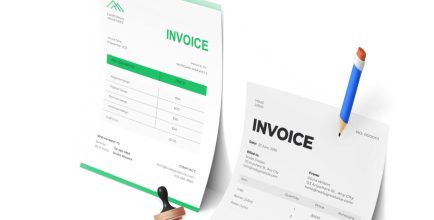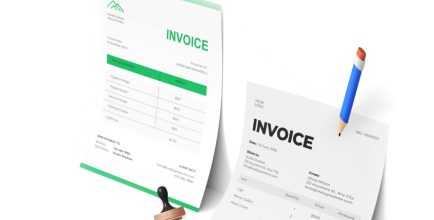What Is the Purpose of a Performance Plan?
Performance Plans are pivotal tools aimed at amplifying an employee’s workplace efficiency, supporting both their professional and personal advancement. The core objective of these plans is to unlock the full potential of employees. By laying out a structured pathway for improvement and growth, Performance Plans not only benefit the individual by paving the way for new developmental opportunities but also propel the organization forward through enhanced productivity and commitment. This symbiotic enhancement fosters an atmosphere of achievement and success, contributing to the overall health and progress of the company.
How to Develop a Performance Improvement Plan
Creating an effective Performance Improvement Plan (PIP) begins with following specific steps that guide you toward developing a successful plan for your employees. Here’s a streamlined process to get you started.
1. Initial Meeting with the Employee
As a manager or business owner, addressing performance issues is your responsibility. Start with a constructive meeting with the concerned employee, focusing on tasks that require improvement rather than personal shortcomings. It’s crucial to come prepared with anecdotal evidence to support the discussion about performance issues. During this meeting, discuss the company’s performance expectations and compare them with the employee’s current performance levels, using key performance indicators as benchmarks. Approach the topic of any external factors affecting performance with sensitivity, ensuring not to infringe on the employee’s privacy.
2. Formulating the Performance Plan
Post-discussion, involve the employee in creating their personalized Performance Improvement Plan. The plan should include:
- Key performance indicators as benchmarks.
- A continuum of desired to current performance levels.
- Clearly defined and measurable improvement goals.
- Criteria for evaluating the performance outcomes.
- A specific timeline for achieving improvement milestones.
- Defined consequences for success and lack thereof.
Encourage the employee to contribute ideas for their improvement, fostering a sense of ownership over their progress. Ensure all components of the plan are measurable, focusing on objective data rather than subjective assessments.
3. Supporting Through the Improvement Phase
Monitoring progress throughout the employee’s improvement period is essential. Your goal should be to aid their development and integration into the company culture positively. Regularly review and provide feedback on the measurable objectives set out in the plan, offering assistance and encouragement as needed.
4. Performance Review Post-Improvement
The conclusion of the improvement period necessitates a performance review to assess whether the set outcomes have been met. If the employee falls short, engage in a discussion about their future at the company, considering options such as probation or additional PIPs before moving to termination. Conversely, if the employee meets or exceeds expectations, focus on maintaining momentum, celebrating their achievements, and discussing strategies for continued success and growth.
Strategies for Maintaining Employee Engagement and Performance
To preclude the necessity for additional performance improvement plans, it’s imperative to keep your employees deeply engaged and motivated in their roles. To ward off subpar performance, proactive steps must be taken to ensure employees remain focused and aligned with the company’s objectives. This involves transitioning beyond the traditional framework of annual performance evaluations.
Though annual performance reviews hold value for overarching feedback, they often fall short in addressing real-time performance dips and providing timely recognition for accomplishments. To bridge this gap, incorporating quarterly performance reviews could be a significant game-changer.
These more frequent check-ins allow for a timely appraisal of an employee’s contributions and challenges, crafting a more responsive and supportive environment. Not only do such interactions bolster an employee’s morale and sense of belonging, but they also act as a preventative measure against potential performance setbacks, ensuring both the employee and the organization stay on a trajectory of growth and success.
Conclusion
In conclusion, effectively managing and enhancing employee performance is a multifaceted process that demands strategic planning, continuous engagement, and personalized development plans. The implementation of Performance Improvement Plans (PIPs) is central to this approach, offering a structured and supportive pathway for employees to realize their full potential.
Through initial meetings, careful planning, ongoing support, and consistent review, managers can significantly uplift their team’s productivity and satisfaction.
Furthermore, adopting a more granular approach to performance reviews beyond annual evaluations can foster a culture of continuous improvement and recognition. Ultimately, the key to sustaining high performance and employee engagement lies in an organization’s commitment to nurturing its human resources, understanding that their success is intrinsically linked to the overall success of the company.



